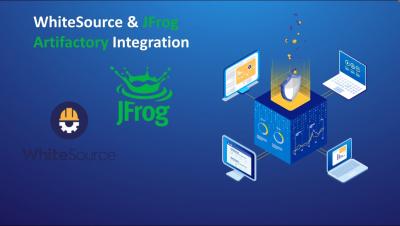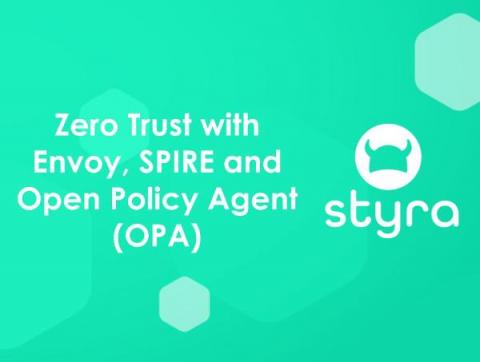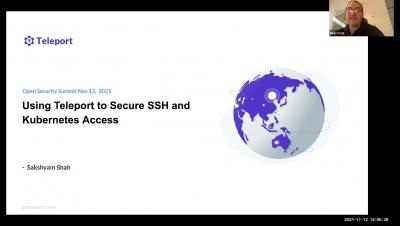Security | Threat Detection | Cyberattacks | DevSecOps | Compliance
Security
Reactive vs. Proactive Cyber Security Measures
Why Key Risk Indicators Are Important for Risk Management
Hack The Box Winner Interview
Artifactory Installation & Viewing Results
Zero Trust with Envoy, SPIRE and Open Policy Agent (OPA)
Enterprises have traditionally relied on perimeter network security to keep attackers out and protect their organizationally unique sensitive data and resources. This approach works on the principle “verify, always trust” wherein authenticated users inside the network are trusted by default and allowed unfettered access. With the shift to cloud-native architecture, perimeter-based defenses have become obsolete and leave systems inherently vulnerable to malicious actors.
Why authorization and authentication are important to API security - and why they're not enough
The number of machine identities for which organizations are responsible has “exploded” in recent years, according to Security Boulevard. These machine identities include devices and workloads. But they also include application programming interfaces (APIs). Organizations use APIs to connect the data and functionality of their applications to those managed by third-party developers, business partners, and other entities, per IBM.
Implications for reporting significant cyber incidents under FISMA 2021
The U.S. Federal Government needs to improve its information security risk management policies to keep pace with the dynamic threats to Federal networks and supply chains.
Vulnerability Management - What You Need To Know
Vulnerability management is becoming increasingly important to companies due to the rising threat of cyber security attacks and regulations like PCI DSS, HIPAA, NIST 800-731 and more. Vulnerability management is a comprehensive process implemented to continuously identify, evaluate, classify, remediate, and report on security vulnerabilities.









